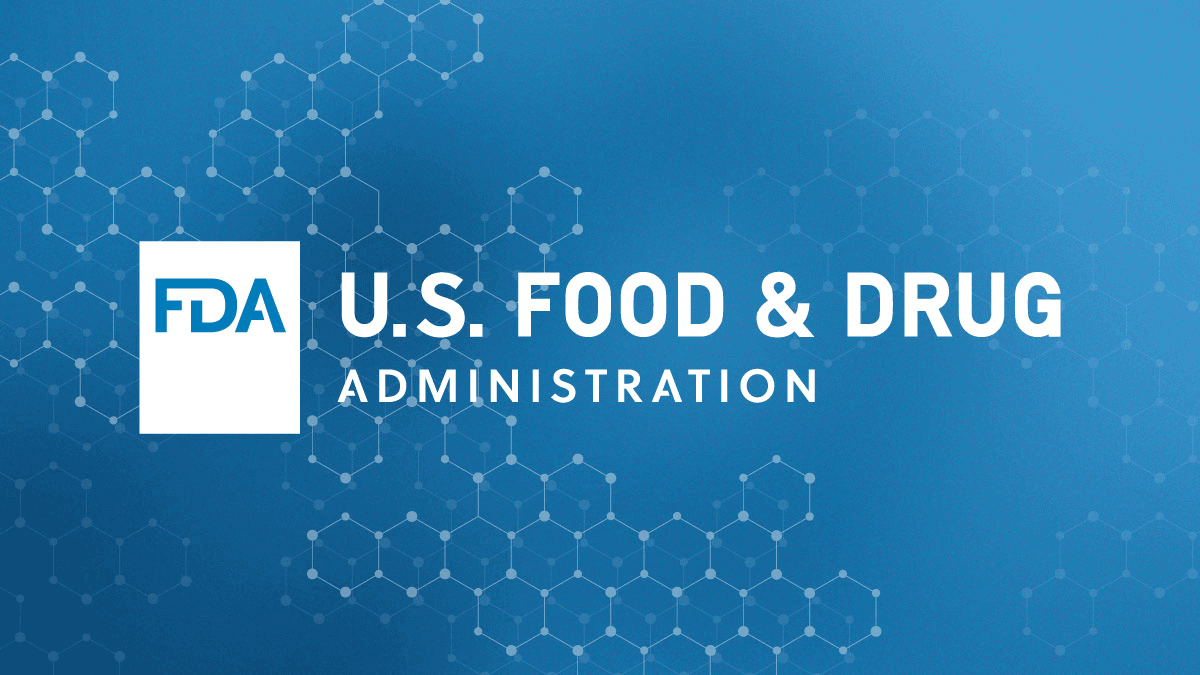The U.S. Food and Drug Administration
Content current as of: 08/26/2020
Glyphosate is a widely used herbicide that can kill certain weeds and grasses. Glyphosate works by blocking an enzyme essential for plant growth. The product is used primarily in agriculture, but also in forestry and lawn and garden care.
What's the FDA's role in regulating glyphosate and pesticides in general?
Certain trace amounts of pesticides, or pesticide chemical residues, may remain in or on some crops after they’re harvested. The FDA’s role is to ensure that pesticide chemical residues on or in domestic and imported foods do not exceed the limits established by the U.S. Environmental Protection Agency (EPA).
What is the U.S. Environmental Protection Agency’s (EPA) role in regulating pesticides in general and glyphosate in particular?
EPA evaluates pesticides to ensure that they are safe for human health and the environment when used according to label directions. EPA is responsible for issuing regulations establishing, modifying, suspending, or revoking tolerances, which are limits on the amount of a pesticide chemical residue a food can contain. Tolerances are set at levels that provide a reasonable certainty of no harm. For more information about the safety and use of glyphosate, see EPA’s website Glyphosate - Ingredients Used in Pesticide Products.
Has the EPA established tolerances for safe use of glyphosate?
EPA has established tolerances for glyphosate on a wide range of crops, including corn, soybean, oil seeds, grains, and some fruits and vegetables, ranging from 0.1 to 310 ppm.
Are there any safety concerns about exposure to glyphosate?
The EPA evaluates the safety of pesticides such as glyphosate. According to the EPA, glyphosate has a low toxicity for people. Pets may be at risk of digestive or intestinal problems if they touch or eat plants that have just been sprayed. In December 2017, as part of a glyphosate registration review, the EPA issued a Draft Human Risk Assessment for Glyphosate, which concluded that glyphosate is not likely to be carcinogenic in humans. In April 2019, the EPA released a Glyphosate Proposed Interim Registration Review Decision for public comments. In January 2020, after considering the public comments received, EPA released the Interim Registration Review Decision. The EPA continues to find that there are no risks to public health when glyphosate is used in accordance with its current label.
One international organization (the International Agency for Research on Cancer) concluded that glyphosate may be a carcinogen, while several others, including the European Food Safety Authority and the Joint Food and Agriculture Organization (FAO)/World Health Organization (WHO) Meeting on Pesticide Residues (JMPR), have determined that it is unlikely to be a carcinogen.
What is the FDA doing to monitor glyphosate residues in or on food?
Recently, the FDA developed a streamlined selective residue method (SRM) for testing for glyphosate residues, and from FY 2016-2017, the FDA began preliminary testing of samples of soybeans, corn, milk, and eggs for glyphosate residues. The FDA completed preliminary testing of these four commodities in FY 2017, and expanded testing to other foods in FY 2018. Test results from FY 2016 are published in the FY 2016 Annual Pesticide Report and results from FY 2017 are published in the FY 2017 Annual Pesticide Report.











